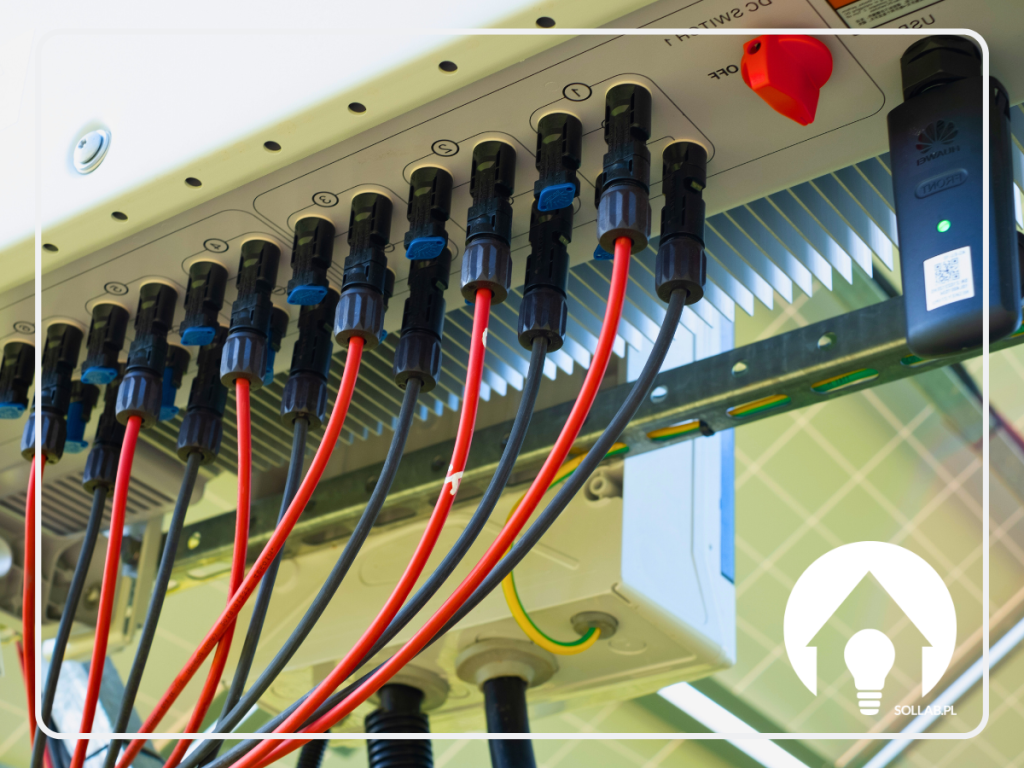Power charge
The power fee is one of the components of the costs on the electricity invoice. It was introduced in January 2021 with the introduction of the Polish power market. The capacity charge is added to all electricity bills regardless of the size of the electricity consumer concerned. In this article, you will find out - what is the capacity charge and why was it created, can you reduce its rate or get rid of the additional costs altogether?
Power surcharge - what is it, from when does it apply?
The power fee was introduced by an amendment to the Power Market Act. The main premise of the capacity charge was to guarantee energy security to consumers by keeping power plants ready to supply electricity. Funds from the capacity charge are directed to power plants in return for maintaining energy reserves and supplying them during periods of peak electricity demand to consumers.
In addition, the capacity charge also finances the safeguarding of the operation and expansion of the energy infrastructure - the construction of new power plants as well as the modernisation and maintenance of existing ones. These solutions are intended to ensure the stability of the electricity supply.
The power fee rate is set for each calendar year by the Energy Regulatory Office, which announces it by 30 September of the previous year.
The power rate for households
Individual consumers pay a different rate of power charge than other electricity consumers. In the case of households, it is flat-rate and dependent on annual electricity consumption, i.e. on the number of kWh drawn from the grid. There are 4 thresholds for 2024:
- annual electricity consumption of up to 500 kWh - the amount of the power charge will be PLN 2.66 per month;
- annual electricity consumption of between 500 kWh and 1,200 kWh - the amount of the power charge will be PLN 6.39 per month;
- annual electricity consumption of more than 1,200 kWh to 2,800 kWh - the amount of the power charge will be PLN 10.64 per month;
- annual electricity consumption of more than 2,800 kWh - the amount of the power fee will be PLN 14.9 per month
The ERO reported, that by the end of 2027 there will be a division into flat-rate customers, for whom the amount of the power fee depends on the annual consumption of electricity, and others, for whom it will depend on the consumption of energy during the hours announced by the President of URE as peak demand hours.
From 1 January 2028, there will no longer be flat rates, and for all energy consumers, including households, the capacity charge will depend on the consumption profile (the more stable the profile, the lower the charge).
Amount of the power fee for undertakings
Companies, are charged a power fee for each kWh drawn from the grid between 7am and 10pm on weekdays (excluding public holidays). The latest rates, announced for 2024, are as follows from 2.66 to 14.90 PLN net for customers billed on a flat-rate basis, and 0.1267 PLN/kWh for consumers billed on the basis of their electricity consumption.
The amount of the power charge on electricity distribution bills for businesses will therefore vary. This will depend on the mode of their business.
Capacity charge and photovoltaic installation
Investors who invest in a photovoltaic plant will be able to save on their company's electricity bills. By owning their own photovoltaic power plant, they gain savings as they do not have to use electricity supplies from external suppliers 24 hours a day. Due to the possibility to reduce the amount of electricity drawn from the grid even to a minimum, it is also possible to reduce the power fee.
Can the power fee be reduced?
The power fee is a mandatory charge that cannot be completely avoided. However, there are ways to reduce its value. An effective solution is to reduce electricity consumption, which can be done by adopting good practices such as switching off lights in rooms where no one is present or unplugging appliances from sockets when no one is using them.
One way to keep the power fee and electricity bills to a minimum is to install a photovoltaic system to protect against future increases in electricity prices and other charges, including the power fee.
















